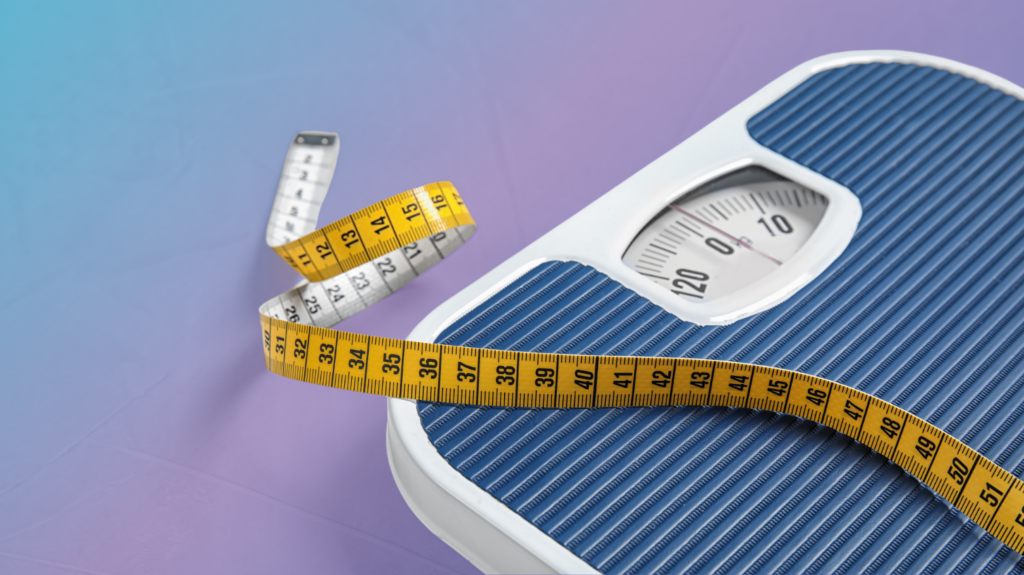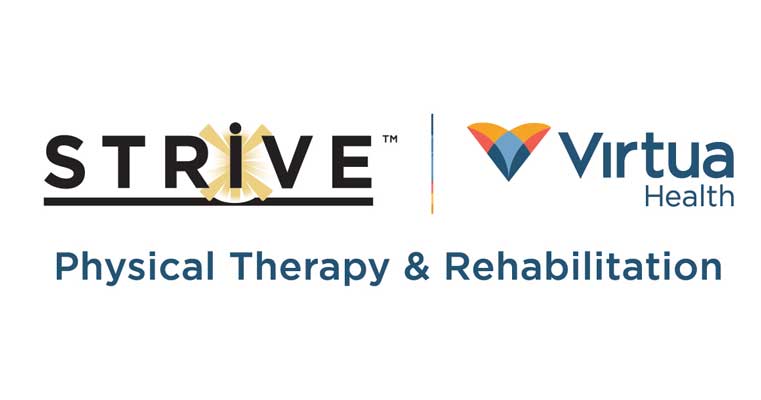We all know that drinking water leads to a healthier life, and we need it to survive. But did you know that when an injury or ailment arises, getting into the water can have a major impact on your path of recovery?
When we speak of aquatic therapy, we are referring to the physical use of water and the utilization of its properties to make a person’s recovery both more comfortable and quicker. Aquatic therapy refers to water-based treatments or exercises of therapeutic intent, in particular for relaxation, fitness, recovery and physical rehabilitation.
Nazee Zahedi-Eells, Physical Therapist, specializes in aquatic therapy. She was able to answer some of the frequently asked questions about aquatic therapy with us.
What is aquatic therapy?
Aquatic therapy is the same as physical therapy that you would perform on land; however, we use the water as a medium to make it more comfortable. Water has many different properties that help you progress along your healing process. Below are a few principles of exercising in the aquatic environment that can help you during your rehabilitation process:
- Buoyancy, this is quite literally a force that lifts you up! This reduces stress on your joints. So if you have trouble walking due to the pressure on your joints, this force will help you feel more comfortable as the water takes some of the weight off your painful joints.
- Resistance, the water wants to stay in its place, so it pushes against you! This is wonderful for people who want to get stronger, but are not ready to work with resistance bands or weights. It allows you to gently strengthen your entire body slowly, so that you can reach your goals at a pace that’s right for you.
- Hydrostatic pressure, this can help with swelling. Have you ever notice as you dive deeper into a pool or the ocean your ears start to hurt? This is hydrostatic pressure at work! It is basically the pressure of the water on your body. The reason why it helps with swelling, is that your body notices that there is more pressure down by your feet (hydrostatic pressure increases the deeper you are immersed) and your kidneys actually adjust their hormone levels to help balance the fluid levels in your body.
What can I expect during my first visit?
You’ll just be getting used to the exercises! The first visit usually entails getting used to controlling your body against all this forces, and improving what we in the PT world called “neuromuscular control.” Aquatic therapy is all about body awareness, so you may be moving slower than what you’re used to. But that will help you in a long run.
Is the water warm?
Yes! The water is 92* Fahrenheit.
Will I have to swim and put my head underwater?
No, you will not. While you are welcome to swim if you like, the pool’s dimensions are 10 ft x 6 ft, so you will have to do your flip turn quickly after push off!
How long does an aquatic therapy session last?
It lasts about 45 minutes.
What conditions would keep me from being able to receive Aquatic Therapy?
You shouldn’t enter the pool if you have an open wound, chronic kidney disease, uncontrolled & severely high blood pressure, or uncontrolled epilepsy.
What should I bring?
A towel, water, a good attitude, and a willingness to step out of your comfort zone!



